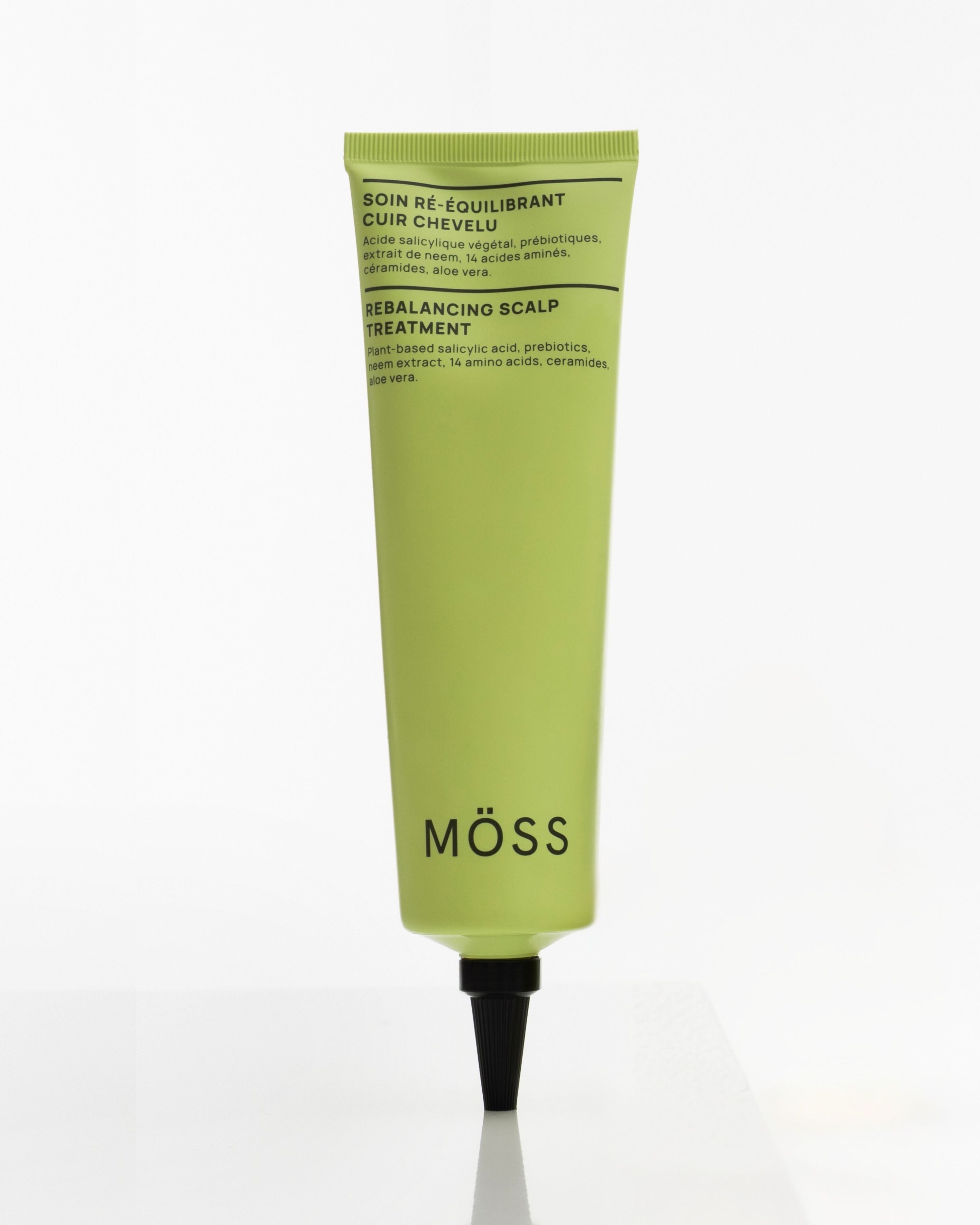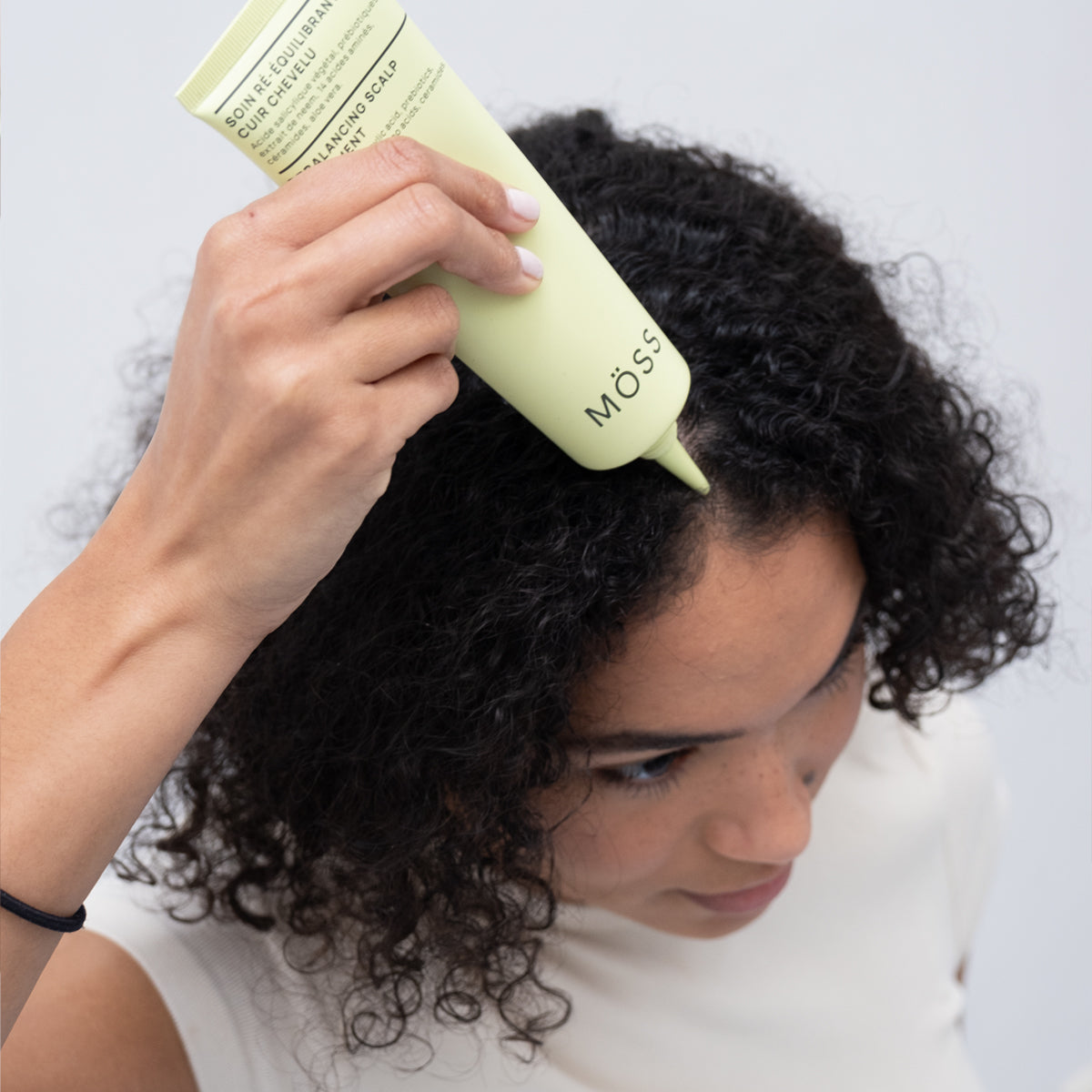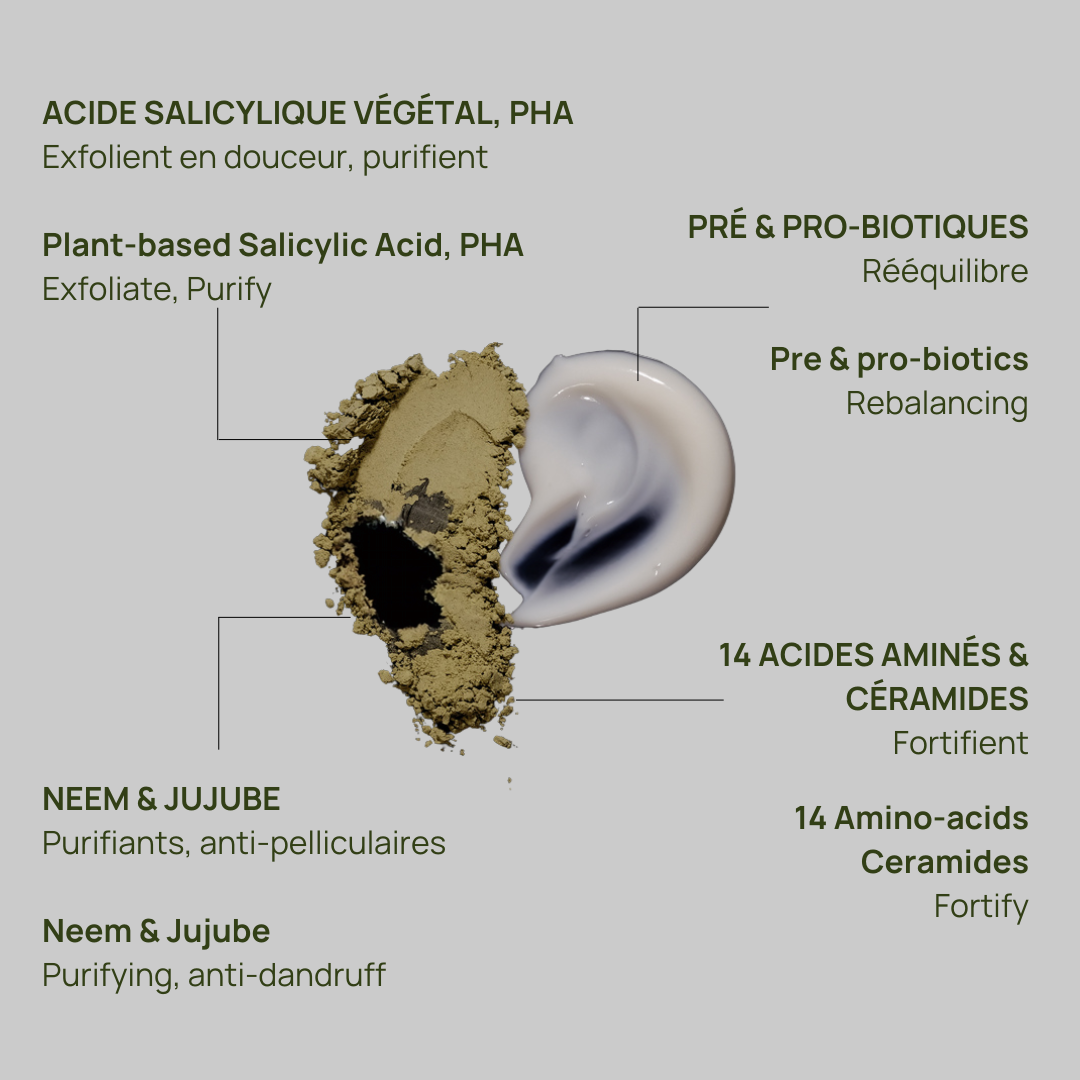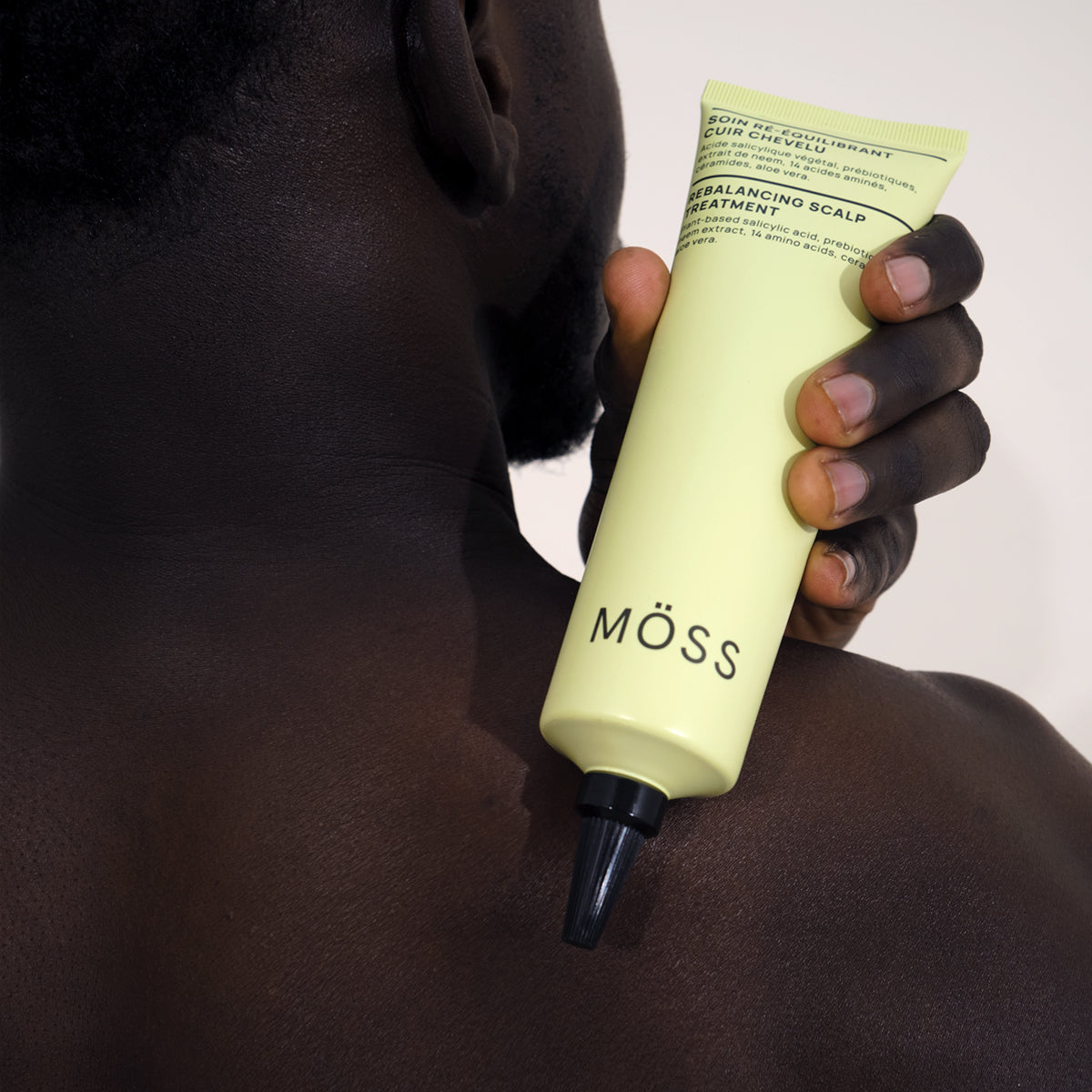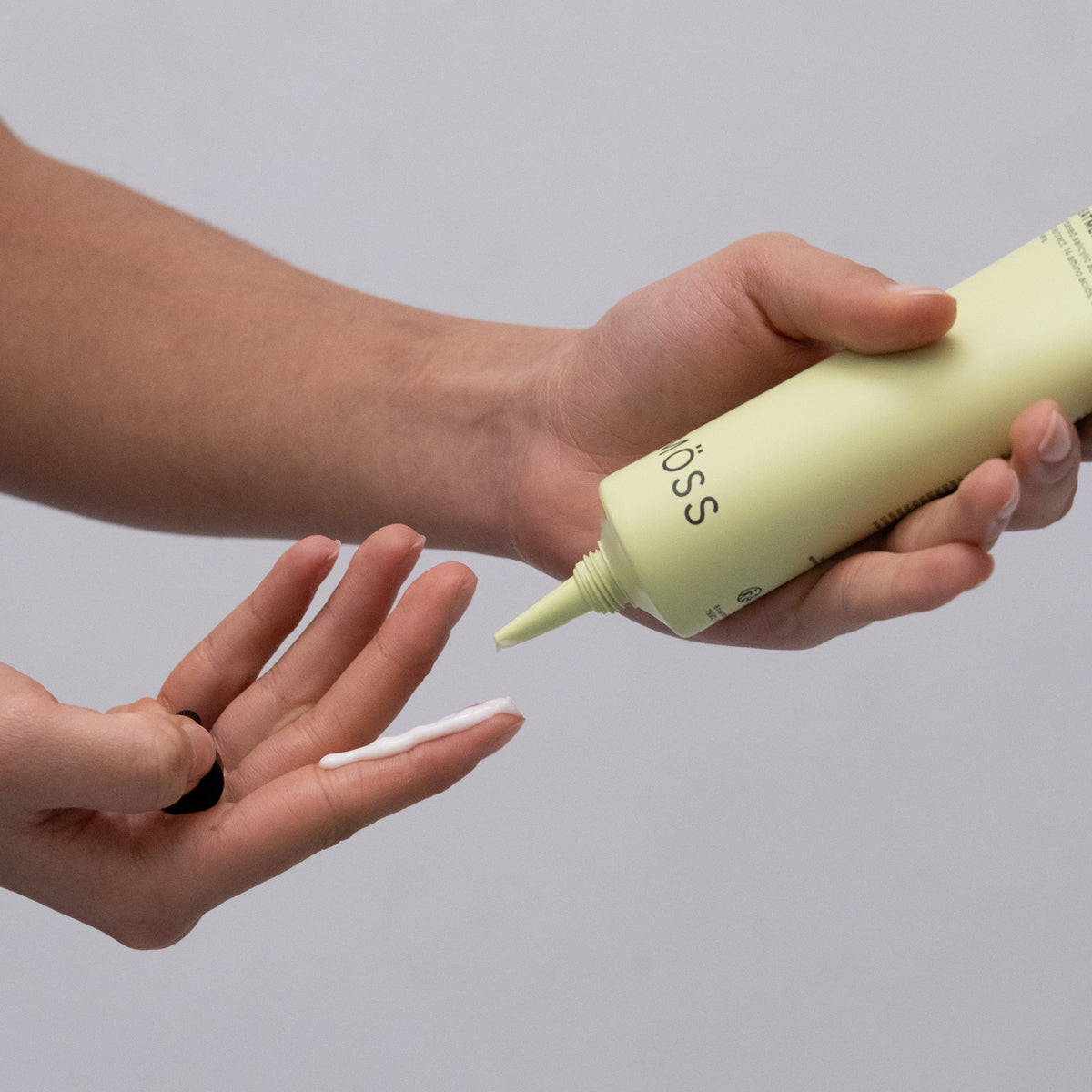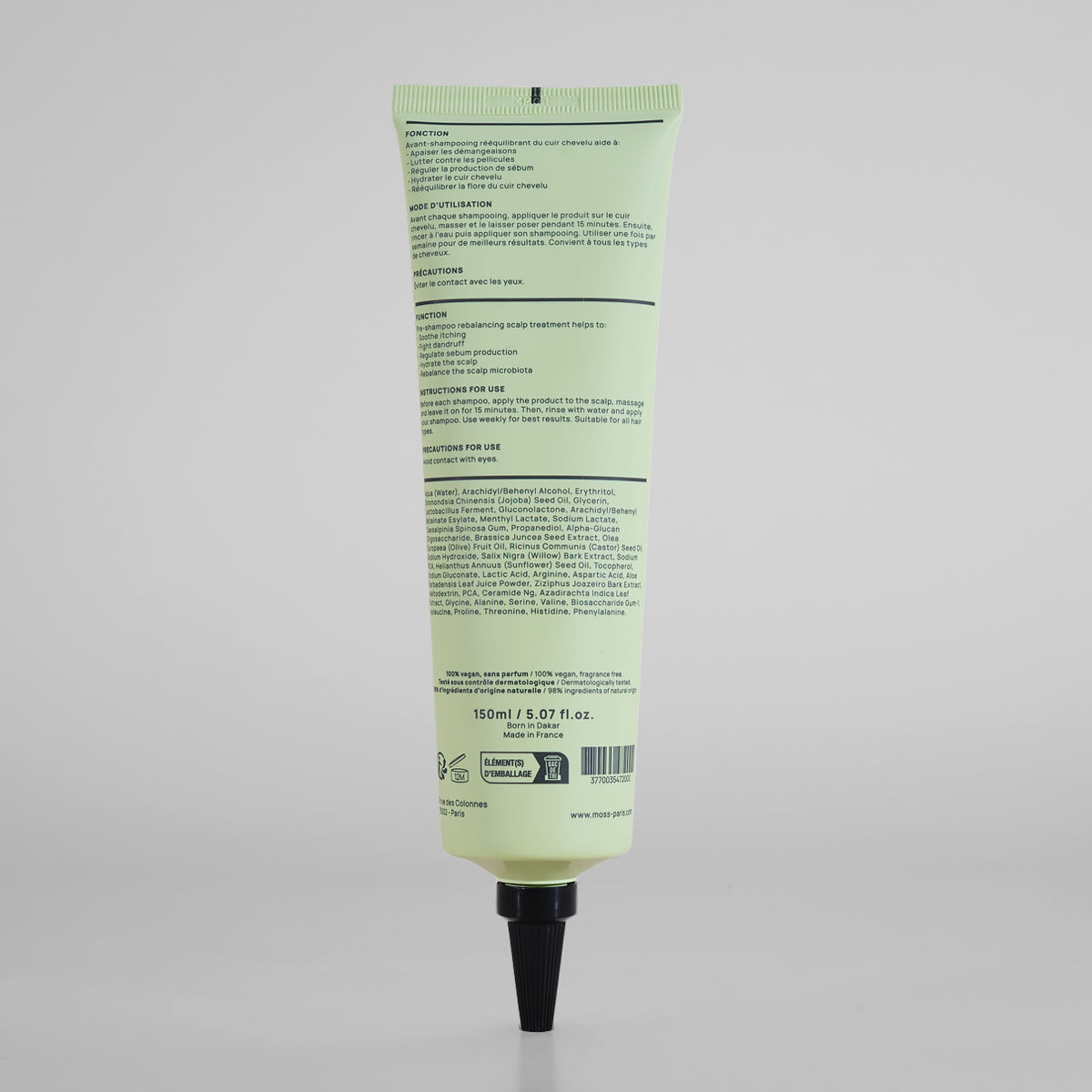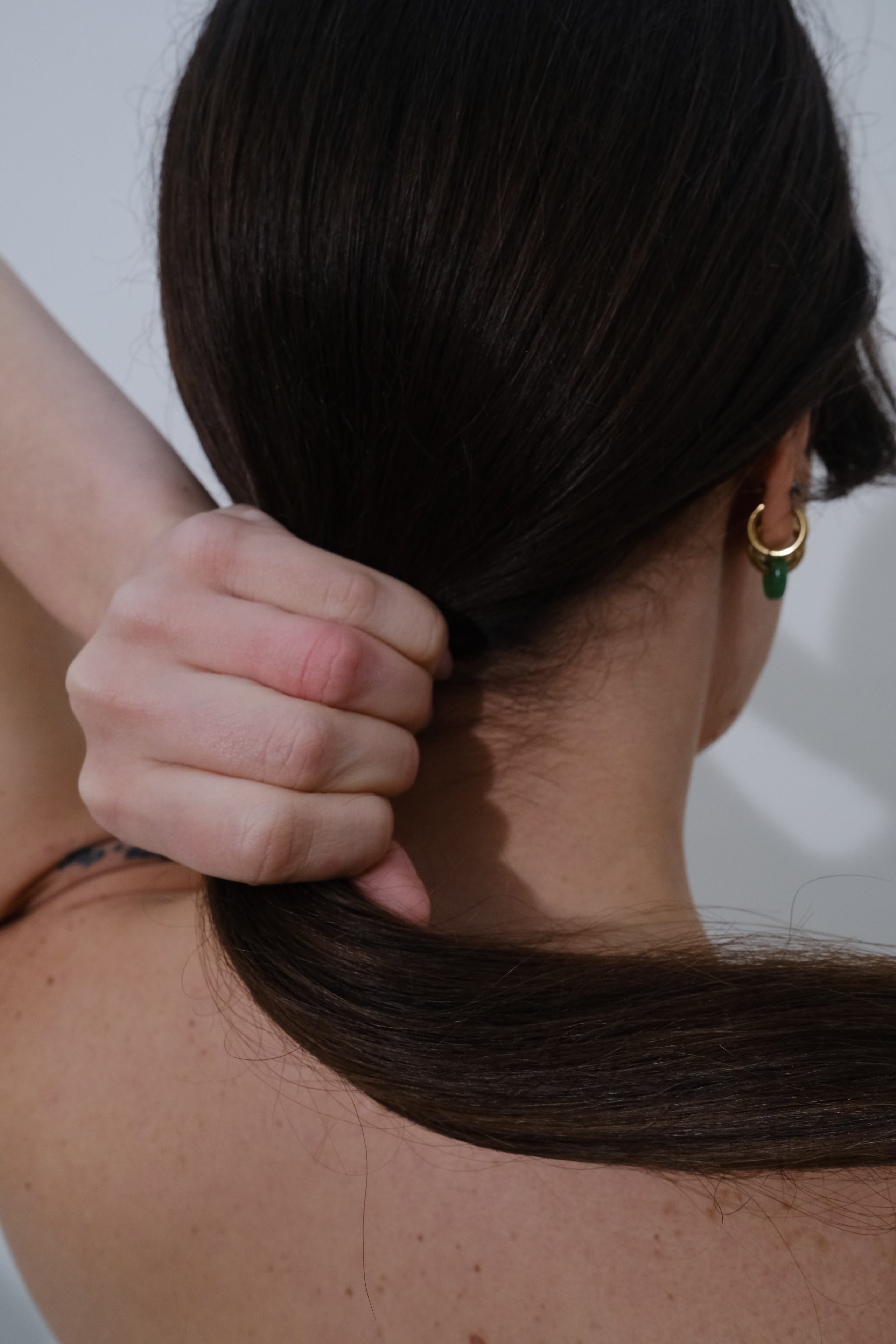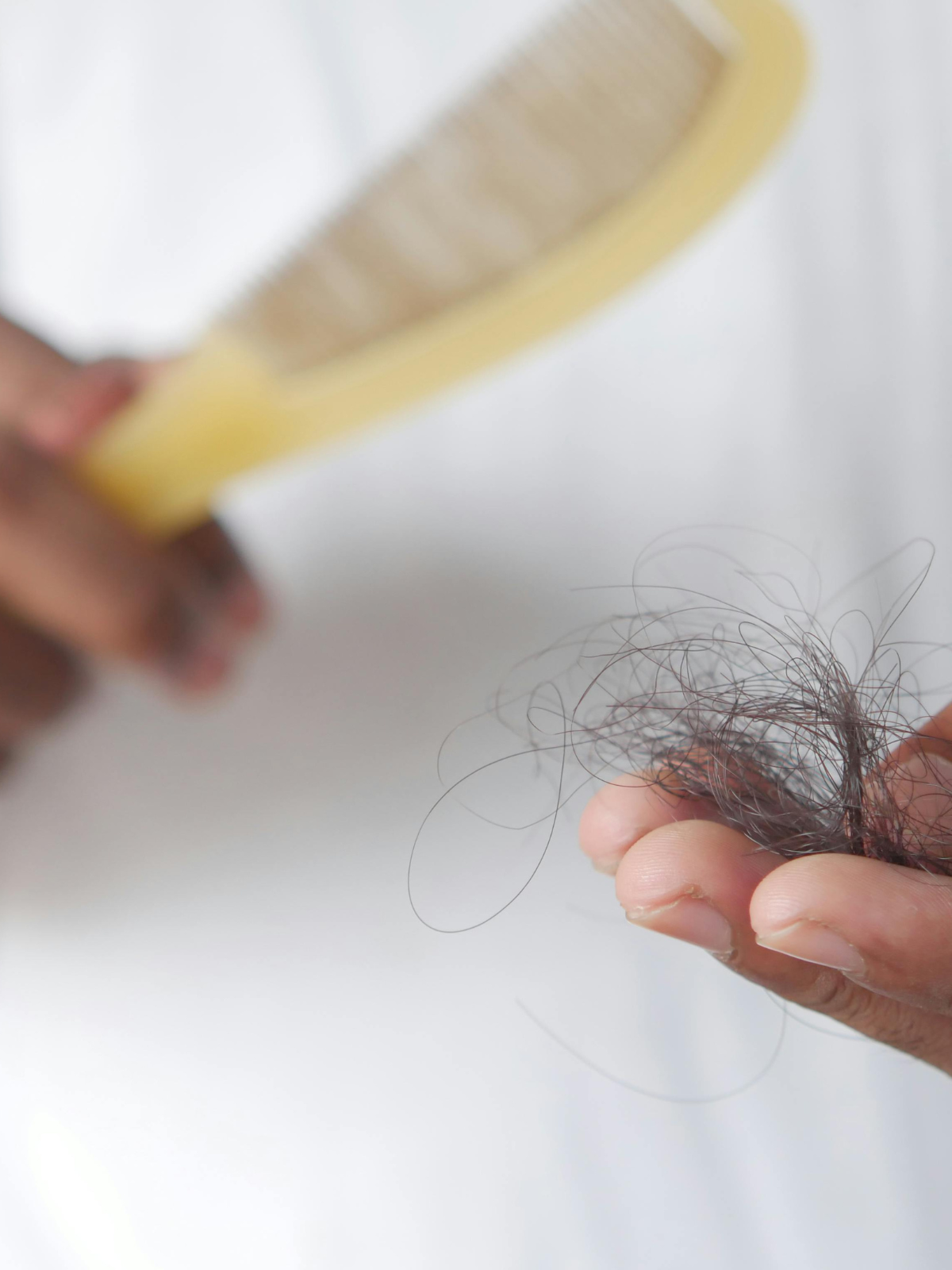How to properly wash your scalp to avoid dandruff, itching, etc.
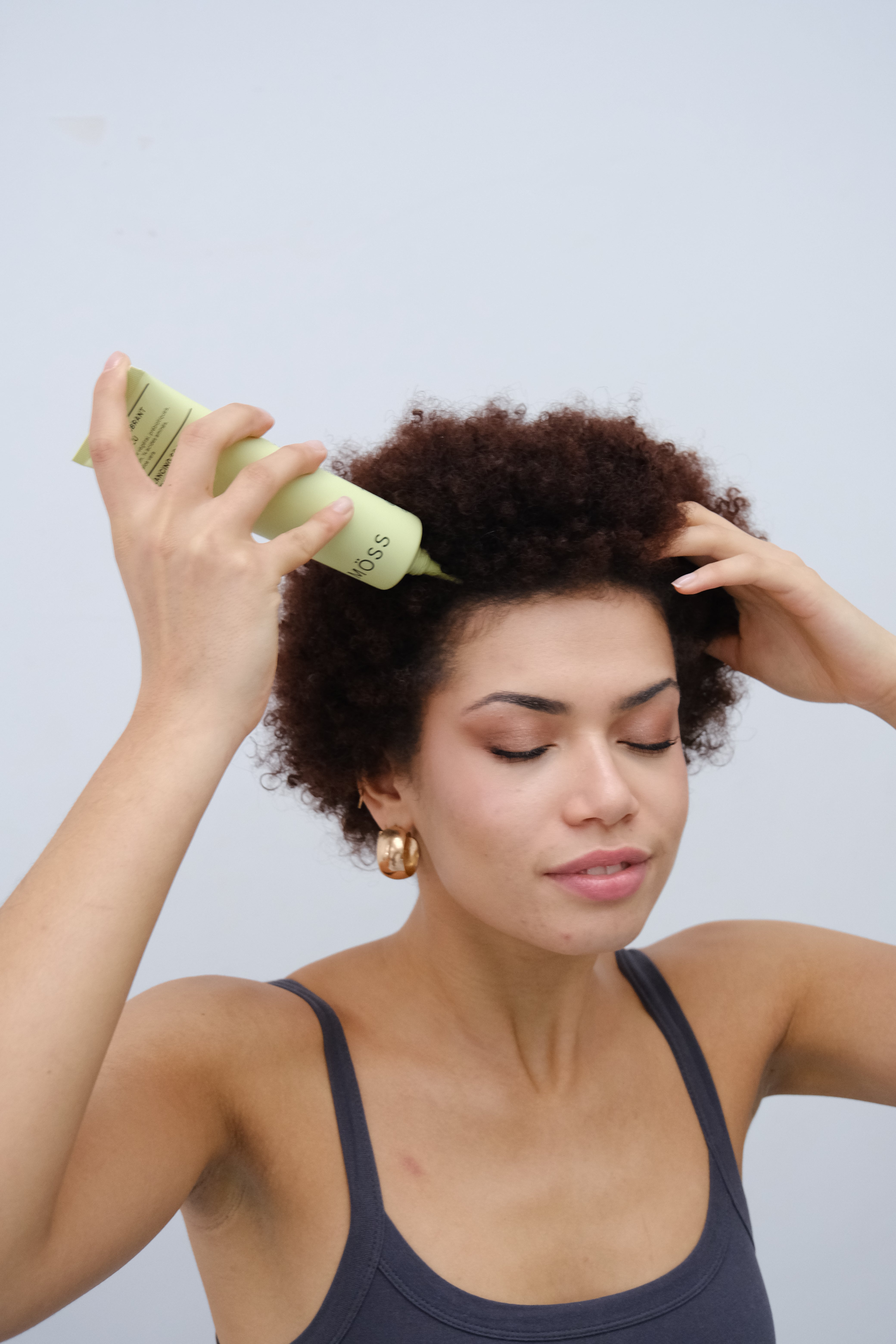
The scalp is often neglected in our hair routine, while it plays an essential role in the health of our hair. A poorly maintained scalp can lead to problems such as films , itching , a excessive sebum production or even a hair loss . So, how do you wash your scalp properly to avoid these unpleasant problems? Here are our tips.
Why is proper scalp washing essential?
The scalp is a sensitive area that houses hair follicles and some sebaceous glands . When not properly cleaned, several problems can arise:
-
Accumulation of residues : Styling products, pollution and sebum build up on the scalp, clogging pores and suffocating follicles.
-
Films : A poorly cleansed scalp promotes the proliferation of fungi (such as Malassezia ), responsible for dandruff.
-
Itching and irritation : Accumulated residue and an unbalanced pH can cause irritation and feelings of tightness.
-
Hair loss : An unhealthy scalp weakens the follicles, which can accelerate hair loss.
Steps to properly wash your scalp
1. Choose a suitable shampoo
-
Choose a clarifying but non-aggressive shampoo : A good shampoo should cleanse deeply without harming the scalp. Avoid overly detergent sulfates and opt for gentle formulas. And above all, use a shampoo that is suited to your hair or scalp texture. Dry, oily, sensitive or prone to dandruff, each scalp has specific needs.
2. Massage the scalp while washing
-
Use your fingertips (not your nails) to gently massage the scalp. This stimulates blood circulation, promotes the elimination of impurities and activates the hair follicles.
-
Focus on areas where residue builds up the most: the nape of the neck, temples and hairline.
3. Rinse thoroughly
-
Insufficient rinsing leaves shampoo residue that can irritate the scalp. Take the time to rinse thoroughly with lukewarm water.
4. Use an exfoliating treatment once a week
-
Exfoliating your scalp helps remove dead skin cells, product buildup, and excess oil. Use a gentle chemical or grain-based exfoliant that is non-abrasive .
-
This step is especially helpful in preventing dandruff and maintaining a healthy scalp.
5. Avoid washing too frequently or too far apart.
-
Washing too often can dry out your scalp, while washing too infrequently can lead to buildup of oil and residue. Find a schedule that works for your scalp type and hair texture.
Mistakes to avoid
-
Using water that is too hot : Hot water attacks the scalp and stimulates sebum production. Prefer lukewarm water.
-
Rub with nails : This can cause micro-lesions and irritation.
-
Neglecting to rinse : Shampoo or conditioner residue can clog pores and cause itching.
-
Overusing styling products : Gels, hairsprays and other products can suffocate the scalp if not removed properly.
Complementary care for a healthy scalp
-
Hydrate and nourish the scalp
-
Use specific care : For scalps sensitive to concerns (dandruff, itching), treatments based on zinc and salicylic acid can be very effective.
-
Adopt a balanced diet : A healthy scalp also requires a diet rich in vitamins (B, C, E) and minerals (zinc, iron).
Taking care of your scalp is essential to avoid dandruff, itching and other problems. By choosing the right products, adopting the right habits and incorporating exfoliating and moisturizing treatments, you can maintain a healthy scalp and promote the growth of strong and shiny hair.
